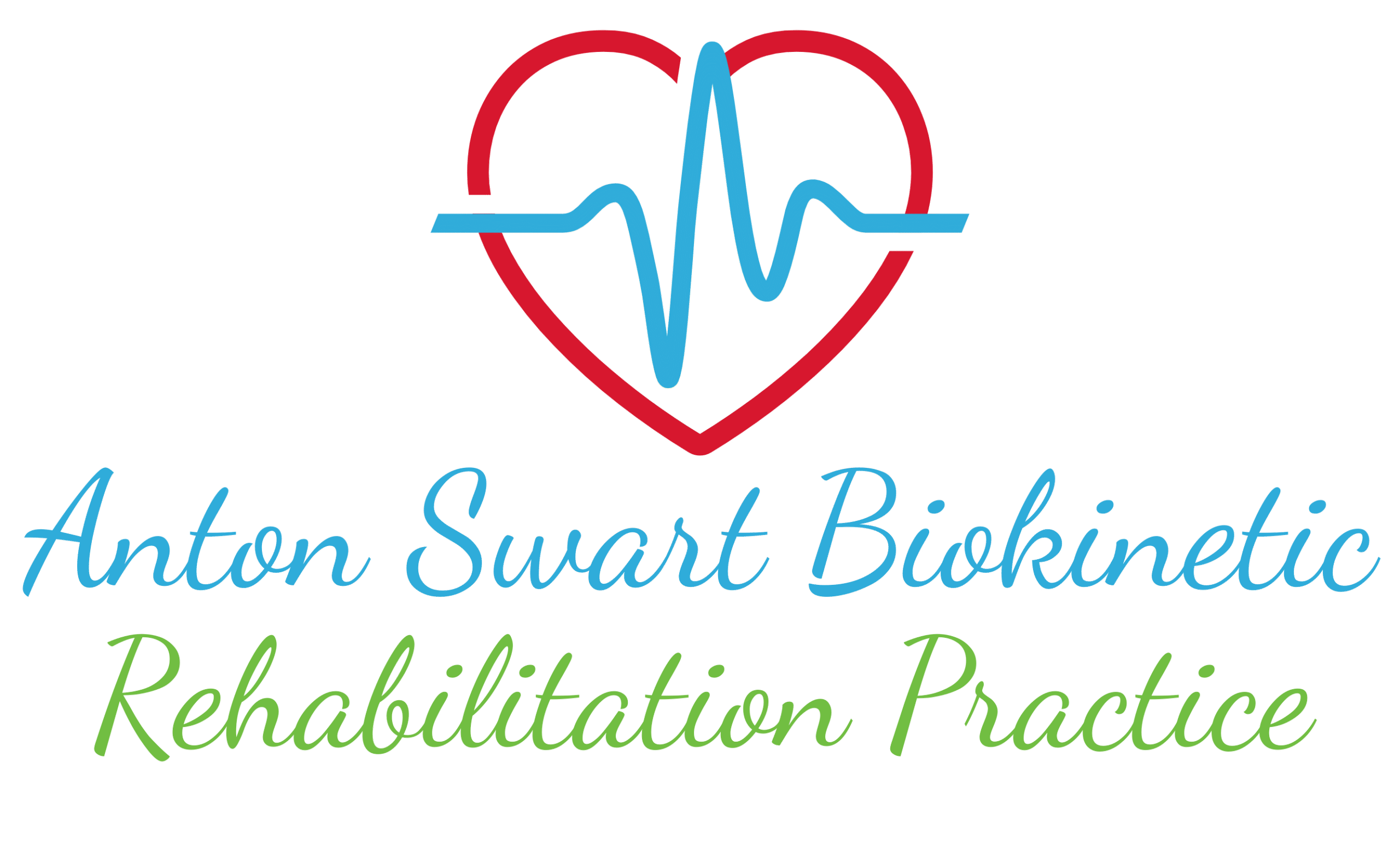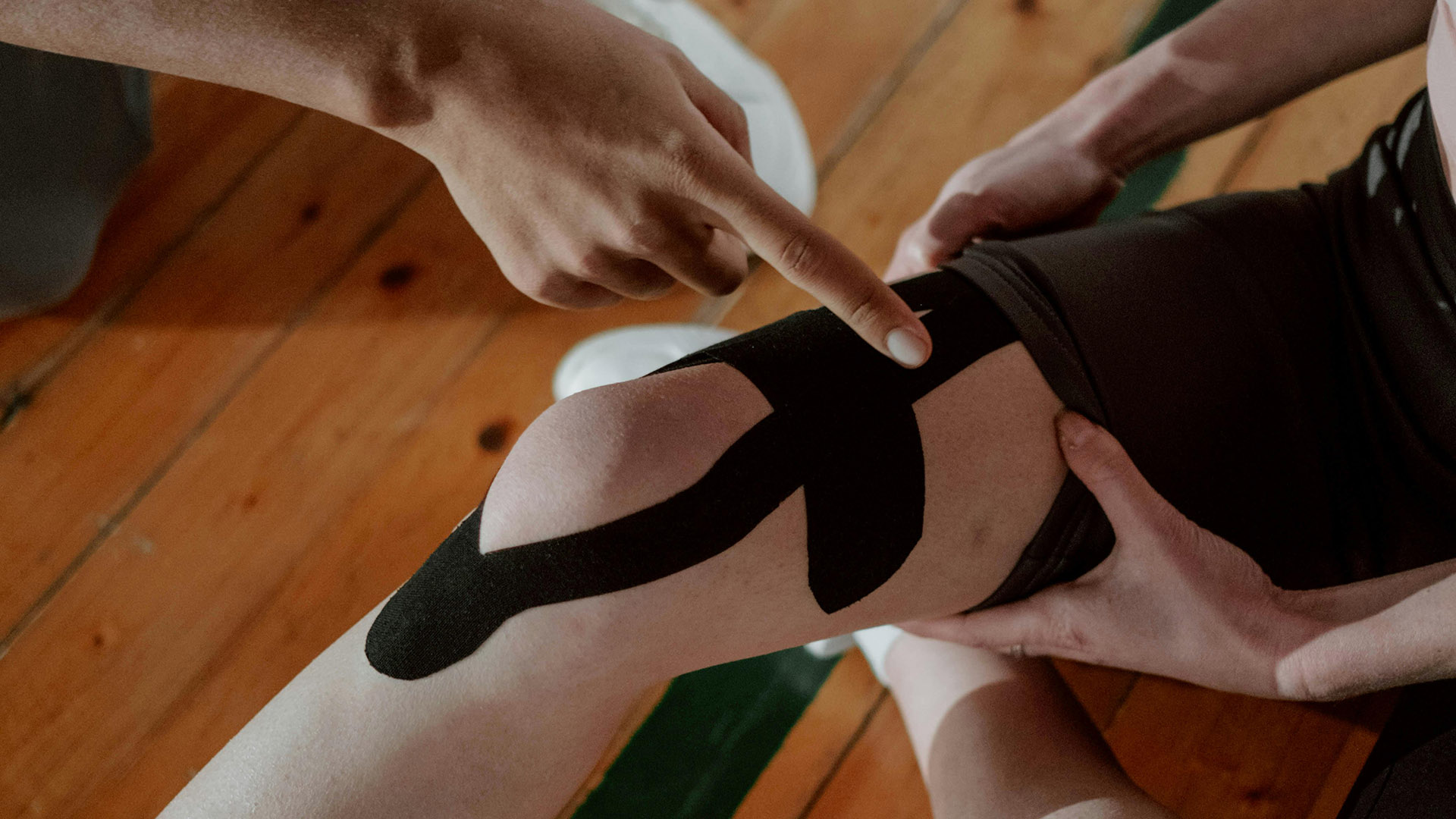Clinical Importance of Biokinetics through the Means of Physical Therapy
Total Knee Replacement (also known as Total Knee Arthroplasty, TKA) involves replacing the diseased joint surfaces with artificial components. Physical therapy is critical post-surgery to ensure:
1. Restoration of Functional Mobility:
- Surgery corrects structural issues, but functional recovery depends on regaining strength, range, and motor control through rehabilitation.
2. Prevention of Post-operative Complications:
- Without early rehabilitation, patients may experience joint stiffness, thromboembolic events, or quadriceps inhibition.
3. Return to Daily Activities and Independence:
- A structured plan allows for safe ambulation, stairs, transfers, and return to hobbies or work within 3–6 months post-op.
The Importance of Physical Therapy
TKR rehabilitation follows time-based milestones but is adjusted based on pain, swelling, ROM, and surgical approach. Below are clinically relevant rehabilitation phases:
Phase 1: Immediate post-operative
Focus: Reduce swelling, achieve full extension, initiate ROM, activate quads.
Phase 2: Early Recovery
Focus: Achieve functional ROM, normalise gait, reduce reliance on walking aids.
Phase 3: Strengthening & Functional Training
Focus: Build strength, restore balance, improve endurance, and confidence.
Phase 4: Return to Activity & Maintenance
Focus: Maximise strength, promote independence, and return to work/leisure.
Safe Range of Motion (ROM)
Week 1–2
0° extension, 70-90° flexion
Week 3–4
Full extension, flexion to 90°-100°
Week 6–10
0°–110° minimum
Week 12+
0°-120°- 130°) desirable
Clinical Considerations
- Avoid pillows under the knee: Encourages flexion contracture; rather, place support under the heel to promote extension.
- Monitor for signs of infection or DVT, especially with increased swelling, redness, or calf tenderness.
- Pain and swelling must guide the intensity of rehab.
- Emphasise extension early, and flexion will gradually follow.
Summary
Post-TKR physical therapy is essential to:
- Restore functional ROM and strength
- Improve gait and balance
- Promote independence in daily activities
Key priorities include full extension, gradual strengthening, and functional reintegration, with progressive goals met through consistent home exercises and supervised sessions.




